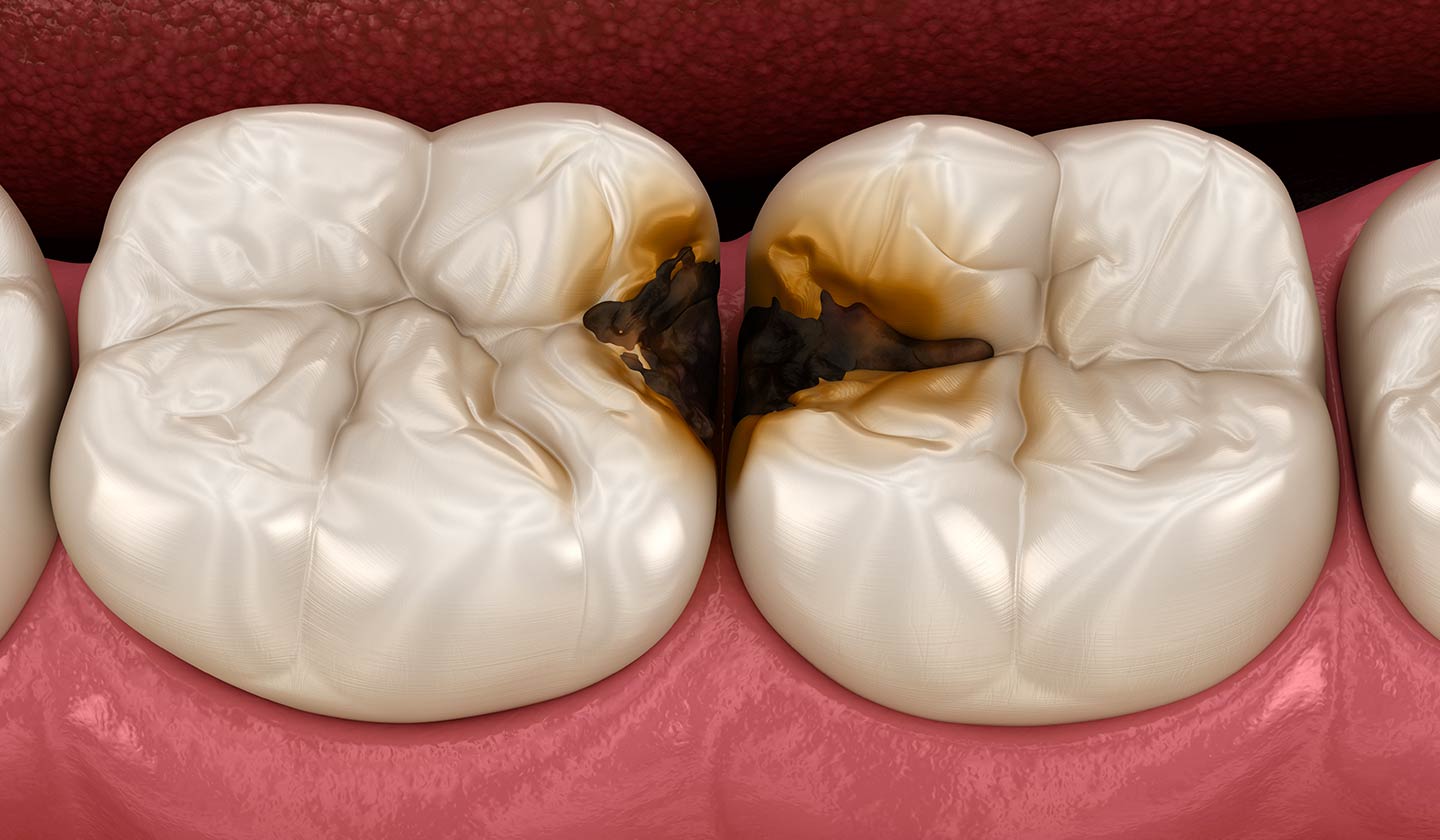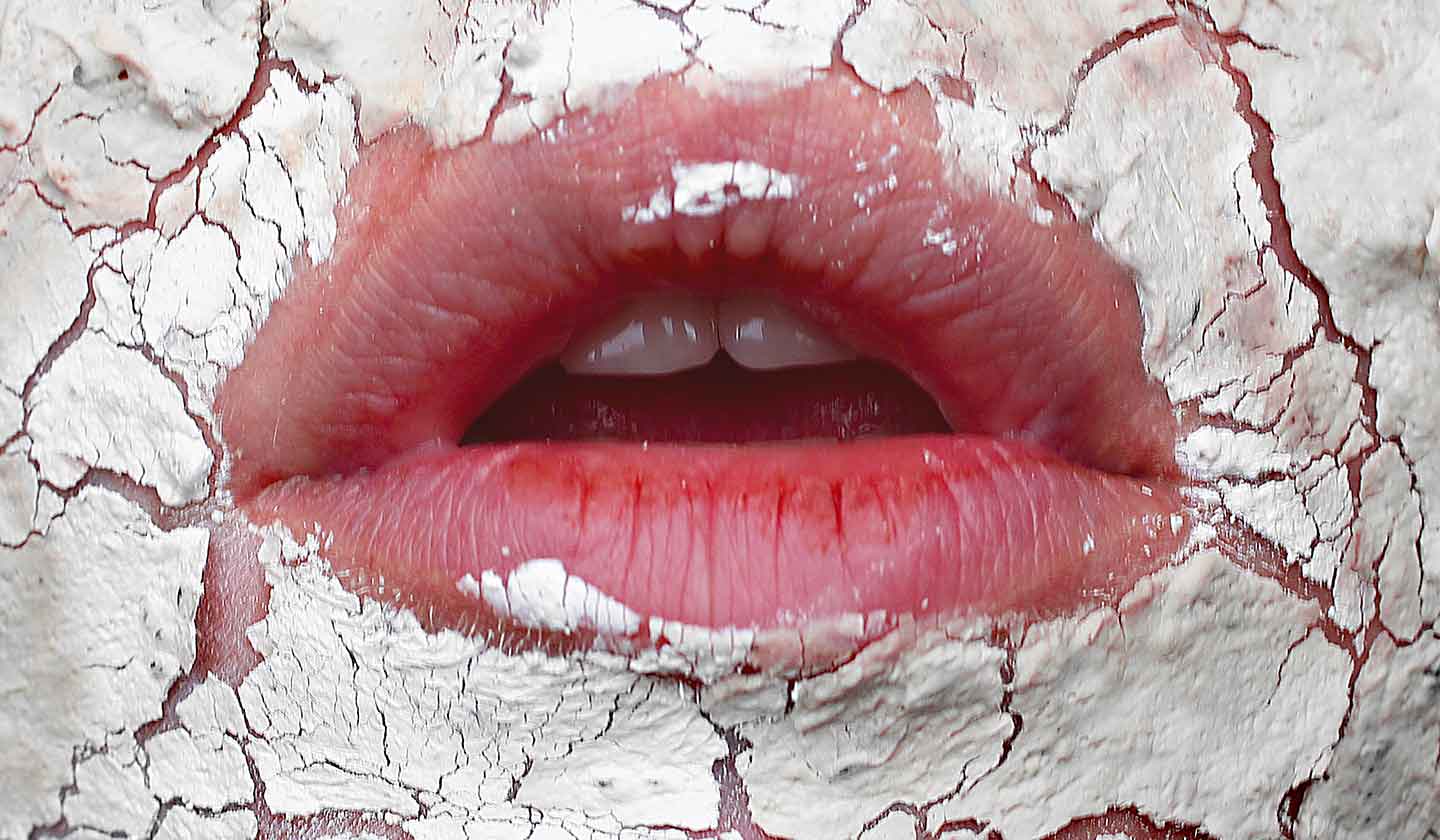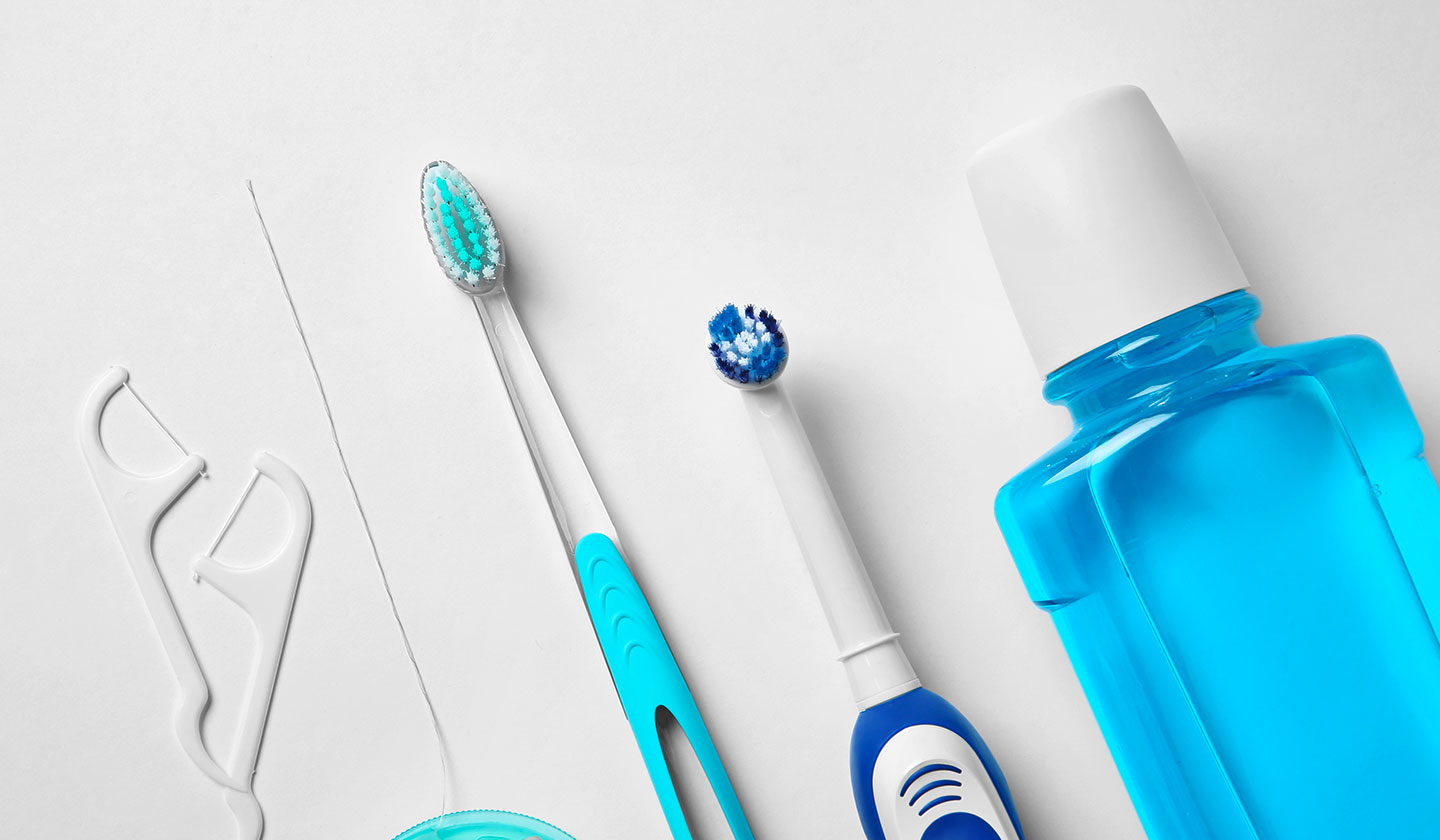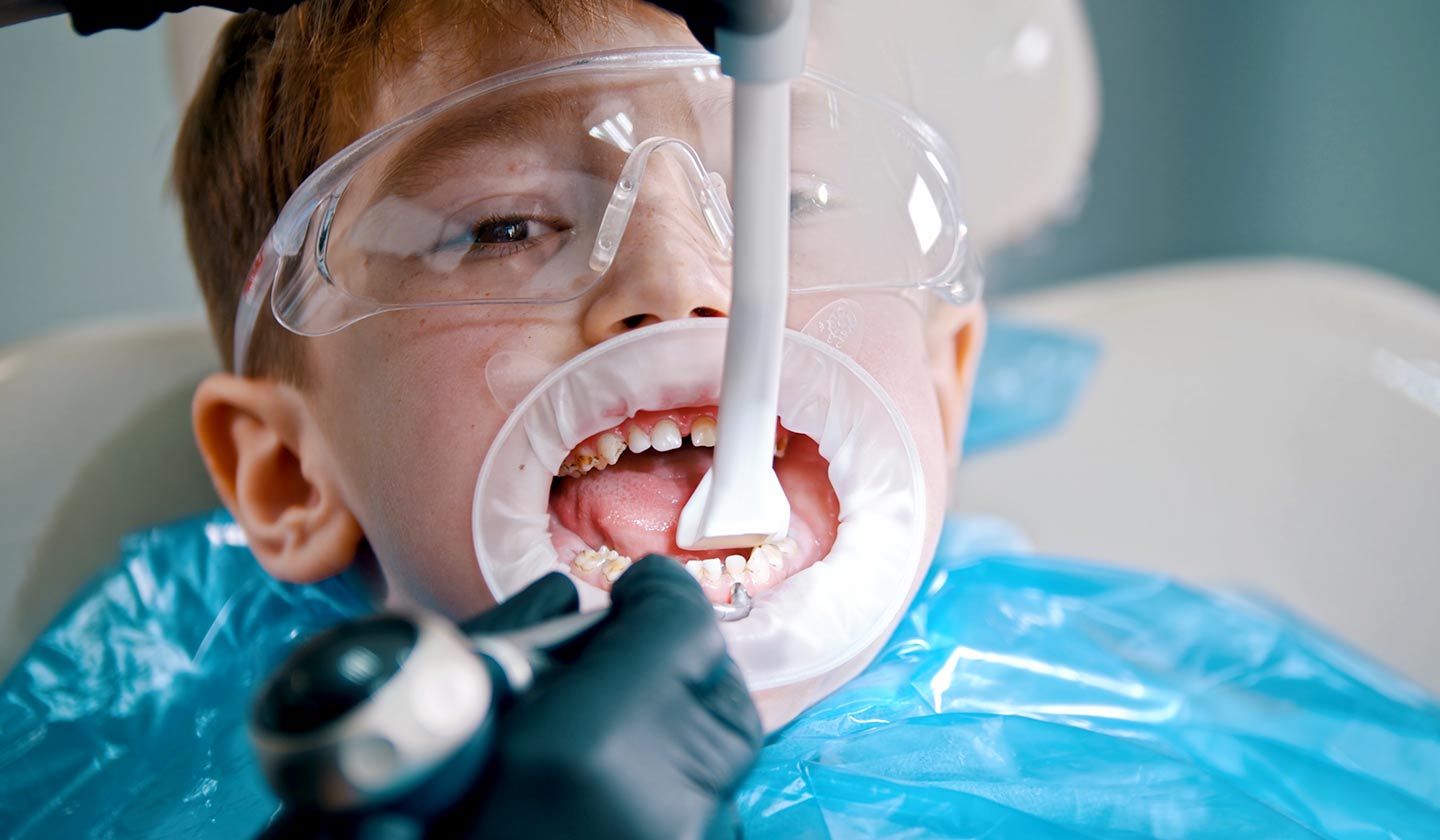Mouth and theeth
Is there a cure for tooth decay?

Year after year, tooth decay is one of the most common diseases people face. In fact, tooth decay, also known as cavities, affects mouths all over the world. Cavities happen when plaque, the sticky substance that forms on teeth, combines with the sugars in the food we eat. This combination produces acids that can damage and weaken tooth enamel. Although the only cure for tooth decay is professional dental treatment, there are steps you can take to prevent it.

What are dental caries?
Food and bacteria can cause tooth decay. Plaque formation happens all the time in the mouth. This sticky substance forms on the gums and teeth and contains bacteria that feed on the sugars in the food we eat. When the bacteria feed, they create an acid. And that acid can attack your teeth long after you've eaten and in the long run can start to destroy the enamel on your teeth. If left untreated, cavities totally destroy the teeth and all their layers.
You may feel pain or sensitivity, until the decay penetrates the tooth enamel and dentin layer, which is irritated by cold or hot foods and drinks.
There are more factors and behaviors that can make you more susceptible to cavities.
The main factor may be that you do not brush your teeth regularly. Brush your teeth at least twice a day with a fluoride toothpaste and floss regularly.
Schedule regular visits to the dentist for cleanings and checkups, to control your teeth and anticipate cavities.

Another important factor is the type of food you eat. If you eat foods that are high in sugar, you are offering more food to the bacteria in your mouth. You may have heard this before, but try to avoid sweets, soft drinks, juices and cookies. Limit the number of snacks you eat between meals, because increased consumption of sugar-containing foods can increase the risk of tooth decay.
Other factors can be dry syndrome and not having enough saliva in your mouth. Saliva acts as a natural protection for your teeth, cleaning harmful foods and sugars from your teeth. Using a fluoride toothpaste in your oral care can make your teeth more resistant to acids. In addition to toothpaste, there are several oral mouthwashes that also contain fluoride.

How do the cavities appear?
If you often consume foods and drinks containing sugar, a cavity can appear if the tooth is frequently exposed to acid. Over time, acids that attack the teeth continuously cause the mineral content of the tooth enamel to dissolve. Reversible white spots on the teeth mean that minerals are lost, and this is an imminent sign of decay.
How to help prevent the development of tooth decay?
Fortunately, there are many things we can do to help prevent tooth decay from forming. Try this oral hygiene routine recommended by dentists:
- Brush your teeth twice a day
- Use toothpaste or mouthwash with fluoride, an agent that strengthens teeth and helps prevent tooth decay
- Clean between your teeth daily with dental floss to help remove plaque that you can't remove with your toothbrush
- Follow a healthy diet and avoid sugary foods and drinks
- Make regular dental appointments, approximately every six months, for a routine cleaning and examination
- Remember to change your toothbrush when it looks worn out, or every three months, because the newer the bristles, the more plaque the toothbrush can remove.

How to prevent tooth decay from getting worse
Invest in an electric toothbrush to better remove plaque and help prevent cavities from forming. It is also important to know that enamel is capable of self-healing, through the minerals in saliva, and this process can be greatly facilitated by sources of fluoride, such as toothpaste.

How to treat dental caries?
While there is actually no cure for tooth decay, there are treatment options. While it all depends on the severity of the cavity, the dentist may have to use a drill to remove the decayed part of the tooth and perform a filling to replace it. If the tooth is in poor condition, the dentist may have to remove the extensively damaged tooth structure and replace it with a crown, fitted to the remaining part of the tooth. If the damage is so severe that the nerves of a tooth are dead, a root canal treatment may be necessary. This involves removing the nerves and tissue along the decayed tooth and placing a crown.
Ana Margarida Neto
(Pharmaceutical)






